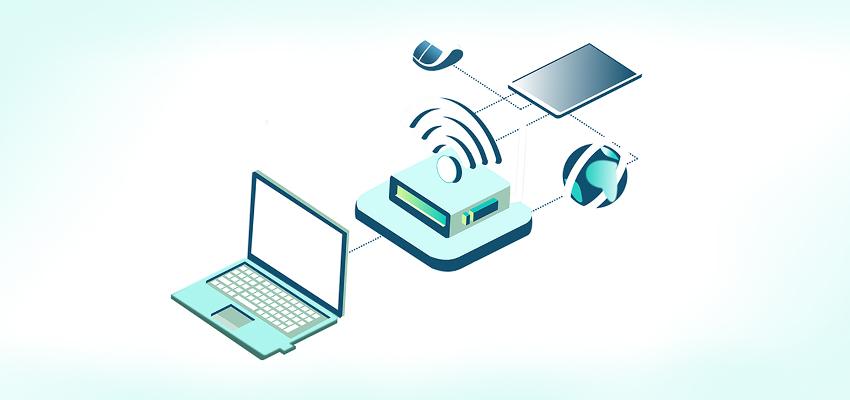
What is a 10.1.1.1 IP Address?
Posted April 30, 2020, 9:20 a.m. by Emil S.A default range used by some routers for home networks.
The 10.1.1.1 IP Address is a Private Internet Protocol address assigned to devices on local networks operating in this particular address range. Some home broadband routers (like D-Link and Belkin models) have default 10.1.1.1 IP address.
Why Use a 10.1.1.1 IP Address
This particular IP address is used to access or block devices assigned with this IP address. That means if you want to access a specific router with this IP address, then all you do is re-assign this IP address to your device.
Routers that have different IP addresses assigned to them can be changed to the 10.1.1.1 address. Some network administrators use this address because it is straightforward to remember than other IP addresses. However, there are other popular IP addresses used on home networks such as 192.168.01 and 192.168.1.1.
How do you connect to a Router with a 10.1.1.1 IP Address?
Devices within a local network can access a router in that same network with a 10.1.1.1 address. You can do this by opening the IP address using a browser. Enter http://10.1.1.1/ in the address bar. What appears then is the portal for accessing the router settings. The portal will require a username and password. The password should be the router admin password.
For most router models, the default login authorizations are indicated in the accompanying product documentation. For D-Link routers, the username and passwords are usually ‘admin’ or blank. These credentials are also applicable to most router brands.
Devices or Clients can use 10.1.1.1
Any laptop or computer can use the 10.1.1.1 IP address if the network supports this range of addresses. That means a subnet with an address starting with 10.1.1.0 will assign addresses starting from 10.1.1.1 to 10.1.1.254.
It is important to note that using a 10.1.1.1 IP address does not enhance the performance or security of the assigned devices.
Ping Utility
You can check if a particular device is operating on a 10.1.1.1 address on your local network by using the ping utility. The ping utility is a software utility/tool used for testing network connections, particularly for latency or delays.
Dynamic Host Configuration Protocol (DCHP)
The router also displays the list of assigned addresses through DHCP or Dynamic Host Configuration Protocol. DCHP provides automatic central management of IP addresses. Some of these addresses belong to offline devices. DCHP automatically assigns a new IP address to a particular device each time it joins the network.
That prevents address conflicts or having the same IP address at any given time. It also minimizes errors that can occur if an IP address is assigned manually. Of course, DCHP is only applicable to dynamic IP addresses for devices such as laptops, phones, and other gadgets. It is not advisable to use it with static devices such as servers and printers. Imagine if your office printer gets a new IP address periodically, then all the computers connected to it must also update their settings to communicate with the printer.
Problems concerning 10.1.1.1 IP address
The intricate numbering system can be quite confusing and can cause people to make simple mistakes such as mistyping or interchanging digits. A wrong IP Address can significantly affect the DNS settings and static IP addresses.
To prevent any IP address problems or conflicts, the use of this particular address should be strictly limited to one device per network. The 10.1.1.1 address must not be allocated to a specific client at the same time it is given to the router. More importantly, network administrators must avoid utilizing 10.1.1.1 as static IP addresses, especially in cases wherein it approximates the DCHP range of the router’s IP addresses.
